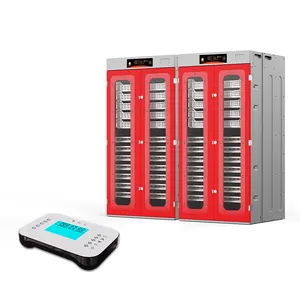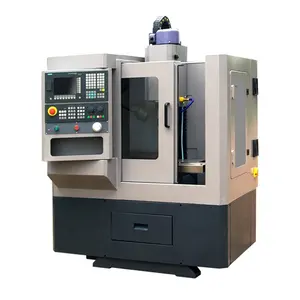Popular in your industry



























































Related Searches:


















































































































Top categories
About electrodialysis desalination
Electrodialysis desalination is a sustainable solution to produce fresh water by removing salt and other impurities from water sources. The electrodialysis desalination process utilizes ion-selective membranes and electrical gradients to separate salt ions from water, making it an energy-efficient and environmentally friendly technology for water treatment.
Types of electrodialysis desalination
There are two main types of electrodialysis: electrodialysis (ED) and electrodialysis reversal (EDR). In conventional electrodialysis, an electrical current is continuously applied to draw salt ions through the ion-selective membranes, separating them from the water. On the other hand, electrodialysis reversal involves periodically reversing the polarity of the electrical current. This reversal helps to minimize scaling on the membranes and enhances the overall efficiency of the desalination process. Both types of electrodialysis are commonly used for the desalination of seawater by electrodialysis and the desalination of brackish water by electrodialysis.
Applications of electrodialysis desalination
Electrodialysis desalination finds extensive applications in various industries and settings worldwide. It is particularly crucial in regions facing water scarcity and those relying on desalination for freshwater production. The technology is used in desalination of water by electrodialysis for residential and commercial purposes, providing a reliable source of clean water for drinking, agriculture, and industrial processes. Additionally, electrodialysis desalination is widely employed in the food and beverage industry to produce high-quality water for manufacturing and processing. It is used to remove impurities and salts from water, ensuring product quality in sectors such as dairy, brewing, and soft drinks. Furthermore, electrodialysis desalination plays a significant role in the pharmaceutical and healthcare sectors, where the purity of water is critical for various applications, including drug manufacturing and medical device production. The technology is utilized to meet stringent water quality standards, ensuring the safety and efficacy of pharmaceutical products and medical procedures. Moreover, electrodialysis desalination is essential in the power generation industry, particularly for thermal power plants that require large quantities of water for cooling purposes. The technology helps in treating brackish or seawater, providing a sustainable solution for addressing water needs in power generation. Additionally, electrodialysis desalination is instrumental in the treatment of wastewater and the recycling of water in industrial processes. The technology can remove contaminants and salts from wastewater, making it suitable for reuse or safe discharge. This not only conserves water resources but also minimizes environmental impact. Furthermore, the versatility and scalability of electrodialysis desalination make it suitable for decentralized water treatment in remote or off-grid locations. It can be used to provide communities with access to clean water, improving public health and well-being. The technology also supports disaster relief efforts by offering a rapid and efficient means of producing potable water in emergency situations. For instance, the desalination of seawater by electrodialysis is paramount in coastal regions where traditional water sources are limited. The technology offers a reliable and sustainable solution to address water scarcity challenges, ensuring a consistent supply of fresh water for communities, agriculture, and industries.
Benefits of electrodialysis desalination
The electrodialysis desalination process offers several advantages, making it a preferred choice for many desalination applications. It is an energy-efficient technology that can be powered by renewable energy sources, reducing operational costs and environmental impact. The process is also scalable, allowing for modular installations that can be adapted to varying water treatment needs. This scalability makes electrodialysis desalination suitable for both small-scale and large-scale applications. Additionally, the technology provides consistent water quality, meeting stringent regulatory standards for drinking water and industrial use. Its ability to selectively remove salts and impurities ensures the production of high-purity water. Furthermore, electrodialysis desalination is a continuous process that requires minimal chemical additives, contributing to its cost-effectiveness and sustainability. It also offers operational flexibility, allowing for easy adjustments to accommodate changing feedwater conditions. The technology's ion-selective membranes are durable and long-lasting, requiring minimal maintenance and providing reliable performance over time. Electrodialysis desalination's ability to recover and concentrate brine streams further enhances its efficiency, reducing waste and maximizing water recovery. The process is environmentally friendly, producing less brine discharge compared to other desalination methods. Moreover, electrodialysis desalination contributes to water resource management by offering a sustainable solution for water reuse and recycling. Its applications in various industries, including food and beverage, pharmaceuticals, and power generation, highlight its versatility and importance in ensuring water quality and availability. This technology's benefits extend beyond providing fresh water to addressing critical water challenges and supporting sustainable development.



































































